Since the last few years, Lahore has regularly topped the US Air Quality Index (AQI), closely followed by other cities, in air pollution rankings of the world’s major global cities. More recently, Lahore was declared the most polluted city in the world, with pollution concentrations rising to extremely hazardous levels. In spite of measures being
Since the last few years, Lahore has regularly topped the US Air Quality Index (AQI), closely followed by other cities, in air pollution rankings of the world’s major global cities. More recently, Lahore was declared the most polluted city in the world, with pollution concentrations rising to extremely hazardous levels. In spite of measures being introduced by the federal and provincial administrations, deteriorating air quality and smog have engulfed the country since years. Even public concerns over the subject only gained traction in recent years.
Smog constitutes a mixture of industrial and air pollutants combined with fog and dust. Such pollutants, largely comprising the harmful ground-level ozone, are primarily responsible for the choking, coughing, and stinging eyes associated with smog. The UN and World Bank, along with environmentalists, largely attribute rising smog levels to increasing traffic congestion. Industrial emissions and wastage come a close second. Another major contributor is the agricultural sector with residual crop burning leading to deteriorating air quality since the burnt smoke remains in the air for nearly 3 weeks.
Smog is not only a public health emergency that threatens to reduce life expectancy of residents but also a socio-economic concern. In the past, the authorities have been forced to shut down schools and hospitals declared emergency. Airports have regularly faced flight delays and suspensions while commuters on motorways and highways were severely impacted, with many losing their lives in road crashes due to low visibility as a result of smog. Many citizens, particularly manual labourers, are risking permanent damage to their lungs. In recent years, increasing warnings are now issued to citizens in Punjab to wear masks and avoid outdoor exposure. Similar warnings have been issued in Karachi as air pollution levels rise to dangerous levels. However, remaining indoors is a mere luxury as many struggle to make ends meet. Meanwhile, for the majority in Pakistan, air purifiers for their homes, cars or workspaces are simply unaffordable.
In this regard, the federal and provincial governments have introduced policy and regulatory measures to address the growing intensity of smog. The Pakistan Clean Air Network was first introduced in Pakistan in 2005 to improve air quality. Thereafter, revised plans were introduced in 2020 and 2021. The Punjab Government’s Environmental Protection Department issued a policy on controlling smog in 2017. It imposed a complete ban on open burning of rice stubble, solid waste and other hazardous materials. Steel furnaces and other industrial units working without emission control equipment or using sub-standard fuels were to be shut down by the Environmental Protection Agency. Similarly, the Punjab Disaster Management Authority (PDMA) banned all activities that could intensify smog due to climate change, including vehicular and industrial smoke, and solid waste disposal, especially residual crop burning. The Punjab Local Government Act, 2019 was also enacted, which directs municipal authorities and waste management companies to ensure water sprinkling on roads, streets and construction sites producing dust. The Punjab Government has notified district anti-smog committees under Deputy Commissioners to enforce all necessary preventive measures.
Nevertheless, the progressively worsening smog has led to questions over the performance of provincial governments. The biggest concern is the lack of timely action since policy measures are often introduced just before or after the onset of smog. Another connected and dire issue is the implementation of devised policies and regulatory mechanisms. Despite imposition of fines on vehicular and industrial emissions and their impounding and sealing respectively for violations, inspection standards and overall regulation, unfortunately, remain lax. The problem is further compounded by a lack of coordination between the different concerned departments: environment, transport and agriculture. Moreover, publicly available government data remains absent with only a network of citizen-operated sensors monitoring fine particulate matter and reporting data in real-time.
Many countries have successfully curbed smog by introducing legal and policy reforms, and effectively implementing them by supporting citizens with compliance. The United Kingdom government, for instance, whilst passing the Clean Air Act in 1956 to restrict the burning of coal in urban areas, distributed funds among residents to convert to non-coal heating systems. Beijing too may serve as a recent example of how a large city in a developing country can balance environmental protection and economic growth. Whilst introducing legislative and enforcement mechanisms, Beijing also formulated effective economic incentive policies that provide financial support to control pollution. Another focus was the early warning system for heavy pollution and promotion of environmental education for the general public.
The Federal Government recently announced a “five-pronged” plan to tackle smog that includes urban forestry, installing smog filtration towers, regulating automobile and industrial emissions, limiting thermal power plants, and preventing stubble burning. Nevertheless, it is easier said than done. While trees may alleviate air pollution to a degree, they would be of limited help in removing industrial and toxic pollutants. Likewise, smog and air filtration towers have limited capacity to remove hazardous air particles and pollutants, apart from the huge areas to cover. Moreover, such curative and preventive measures notwithstanding, the underlying problem is with the implementation of laws.
Improvement in air quality demands an enormous investment of time, resources and political will. It is necessary that Pakistan is committed to achieving results and learning from other countries. Quality data from air monitoring remains essential in formulating and assessing efficacy of policy mechanisms. Further, Pakistan must revise its national standards for industrial emissions and ensure industry compliance in line with prevailing international standards. Pakistan must also ensure inter-departmental and regional cooperation in air pollution mitigation strategies.
It is unfortunate that the nation has been bearing smog as it continues to impact economic activity and daily standards of living. The citizens are breathing in hazardous pollutants while the smog has persisted unabated for far too long. Though it has not been one of our priorities in the past, it must certainly be so now. It is high time that we all do our part in adopting and complying with strict policies to alleviate air quality. Otherwise, our cities shall continue to top the charts of cities with bad air quality.
- Trilateral Regional Partnership on the Horizon? - March 3, 2022
- What Are Pakistan’s Cybersecurity Laws? - January 24, 2022
- Should the State Bank be autonomous? - January 19, 2022

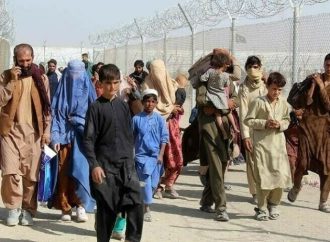

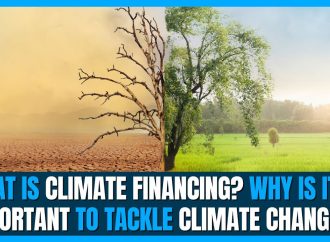
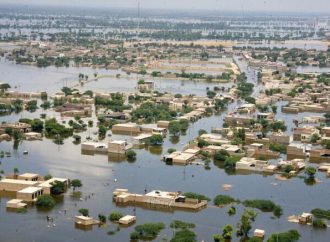
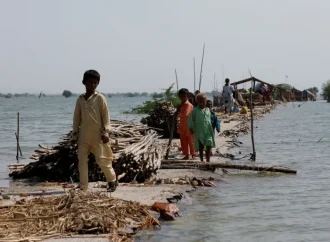


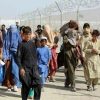




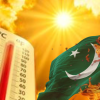







Leave a Comment
Your email address will not be published. Required fields are marked with *